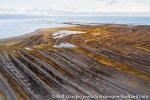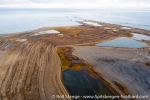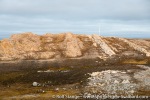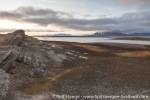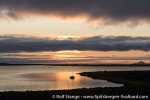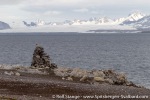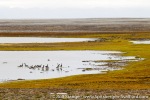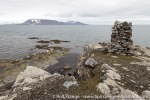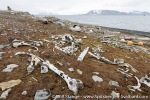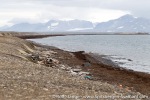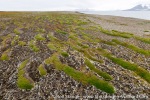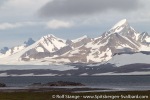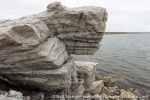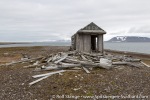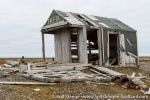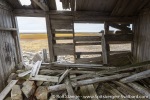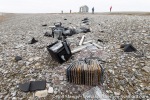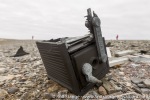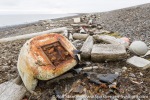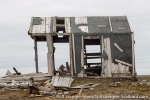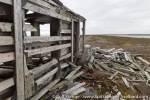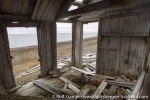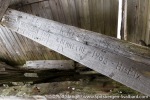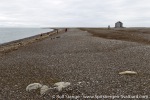-
current
recommendations- Liefdefjord
New page dedicated to one of Spitsbergen's most beautiful fjords. Background information and many photos.
- New Spitsbergen guidebook
The new edition of my Spitsbergen guidebook is out and available now!
- Liefdefjord
New page dedicated to one of Spitsbergen's most beautiful fjords. Background information and many photos.
Page Structure
-
Spitsbergen-News
- Select Month
- June 2025
- May 2025
- April 2025
- March 2025
- February 2025
- January 2025
- December 2024
- November 2024
- October 2024
- September 2024
- August 2024
- July 2024
- June 2024
- May 2024
- April 2024
- March 2024
- February 2024
- January 2024
- December 2023
- November 2023
- October 2023
- September 2023
- August 2023
- July 2023
- June 2023
- May 2023
- April 2023
- March 2023
- February 2023
- January 2023
- December 2022
- November 2022
- October 2022
- September 2022
- August 2022
- July 2022
- June 2022
- May 2022
- April 2022
- March 2022
- February 2022
- January 2022
- December 2021
- November 2021
- October 2021
- September 2021
- August 2021
- July 2021
- June 2021
- May 2021
- April 2021
- March 2021
- February 2021
- January 2021
- December 2020
- November 2020
- October 2020
- September 2020
- August 2020
- July 2020
- June 2020
- May 2020
- April 2020
- March 2020
- February 2020
- January 2020
- December 2019
- November 2019
- October 2019
- September 2019
- August 2019
- July 2019
- June 2019
- May 2019
- April 2019
- March 2019
- February 2019
- January 2019
- December 2018
- November 2018
- October 2018
- September 2018
- August 2018
- July 2018
- June 2018
- May 2018
- April 2018
- March 2018
- February 2018
- January 2018
- December 2017
- November 2017
- October 2017
- September 2017
- August 2017
- July 2017
- June 2017
- May 2017
- April 2017
- March 2017
- February 2017
- January 2017
- December 2016
- November 2016
- October 2016
- September 2016
- August 2016
- July 2016
- June 2016
- May 2016
- April 2016
- March 2016
- February 2016
- January 2016
- December 2015
- November 2015
- October 2015
- September 2015
- August 2015
- July 2015
- June 2015
- May 2015
- April 2015
- March 2015
- February 2015
- January 2015
- December 2014
- November 2014
- October 2014
- September 2014
- August 2014
- July 2014
- June 2014
- May 2014
- April 2014
- March 2014
- February 2014
- January 2014
- December 2013
- November 2013
- October 2013
- September 2013
- August 2013
- July 2013
- June 2013
- May 2013
- April 2013
- March 2013
- February 2013
- January 2013
- December 2012
- November 2012
- October 2012
- September 2012
- August 2012
- July 2012
- June 2012
- May 2012
- April 2012
- March 2012
- February 2012
- January 2012
- December 2011
- November 2011
- October 2011
- September 2011
- August 2011
- May 2011
- April 2011
- March 2011
- February 2011
- January 2011
- December 2010
- November 2010
- September 2010
- August 2010
- July 2010
- June 2010
- May 2010
- April 2010
- March 2010
- February 2010
- November 2009
- October 2009
- August 2009
- July 2009
- June 2009
- May 2009
- April 2009
- March 2009
- February 2009
- January 2009
- December 2008
- November 2008
- October 2008
- August 2008
- July 2008
- June 2008
- May 2008
- April 2008
- March 2008
- February 2008
- April 2000
- Select Month
-
weather information
-
Newsletter

| Guidebook: Spitsbergen-Svalbard |
Sørkappøya
Nature and history at Spitsbergen's south cape
Sørkappøya: landscape and history at Spitsbergen’s south cape
Spitsbergen’s south cape (Sørkapp) is situated on a small offshore island named Sørkappøya (south cape island). When you hear „south cape“ you might expect an impressive rock sticking out into the wild sea, like Cape Horn or the Cape of Good Hope. But this is not the case. The sea may well be stormy or at least pretty rough, but Sørkapp is absolutely not visually prominent and anything but impressive. At least when seen from a distance. And it is mostly seen from quite a distance as the waters are very shallow, so ships have to stay quite far away. The sea bottom is as flat and wide-stretching as the land above water. So keep a good distance. Only very small boats and skippers with good nerves can take a passage between Sørkappøya and the main island, if the weather and sea are calm enough.
Gallery – Sørkappøya: landscape
The south cape area including Sørkappøya lies within the East Spitsbergen Current, also called Sørkappstraumen (south cape current) in Norwegian. This current used to bring heavy drift ice from the northeast, from the Arctic Ocean, to east Spitsbergen and around Sørkapp. This made the area interesting for Norwegian trappers who were mainly out after polar bears. But the dangerous combination of ice and current also took its toll amongst the men who wintered there. A dangerous area with some quite dark history!
- gallery anchor link: #gallery_1915
Click on thumbnail to open an enlarged version of the specific photo.
For those few who ever get ashore here today, Sørkappøya has the same phenomenon as so many other small arctic islands: when seen from a distance, they seem to be barren and featureless. But wen you come close, arctic nature showcases a wide array of her various beauty: there are many small lakes, lagoons and varied tundra which attract a rich bird life; there are perfectly developed raised beach ridges and there are rocky ridges – the same ones that form all the shallows under water – that bring structure and geometry into the landscape and they are full of fossils.
Today, there are a navigational beacon and a little emergency hut on a small hill in the southern part of Sørkappøya.
The Chumleigh: war drama at the south cape
During the second world war, in late 1942, the British convoy freighter Chumleigh hit a reef not far from Sørkappøya. To make things even worse, soon 5 German fighter planes came and dropped their lethal cargo on the ship that was already badly damaged. The crew of 58 had tried to get away and seek safety in their three lifeboats, but in the end, only nine survived who happened to meet Norwegian soldiers in Isfjord, not far from Kapp Linné, 53 days after the shipwreck and attack.
Panorama Sørkappøya 1/2
- pano anchor link: #190818c_Sorkappoya_115HDR
It is rarely calm enough to even consider a landing here, and Sørkappøya including the nearby islets are a bird sanctuary, which means that it is prohibited to land or even come within 300 metres from the nearest shore from 15 May to 15 August. Only outside this period and in unusually good weather conditions, there is a chance to get nearer. The distance from any anchorage to the nearest practicable landing site will be far, because of the very shallow waters, and whereever you have anchored your boat, it will not be very sheltered. If the weather or sea conditions change to the worse, you may soon be in for trouble.
Panorama Sørkappøya 2/2
- pano anchor link: #190818c_Sorkappoya_163HDR
Sørkappøya: Hagerup’s hous (“HiFix”)
Spitsbergen’s southernmost trapper hut if you exclude Bjørnøya. It was built in 1908 by Petter Trondsen and his comrades Kristian Jakobsen, Hedley R. Aleksandersen and Sigurd Balstad as their main hut, but as such, it was later replaced when a hut was built in Sommerfeldtbukta, not far from Sørkappøya on the mainland coast. The hut on Sørkappøya became later known as Hagerupytta, after famous leader of wintering expeditions, while the one in Sommerfeldtbukta was called Trondsenhuset, after the leader of the group in 1908-09.
Today, the hut is a ruin. Large letters of wood were later fixed to the outside wall, forming the word HI-FIX. Accordingly, the hut is locally known as the HI-FIX (HiFix) hut. Hi-Fix (High precision Fixing) was a radio-based navigation system that used land stations. It was often used for hydrographic surveying in coastal waters, often in connection with the search for oil. It was developed in the 1950s for offshore projects in the North Sea.
A lot of prospecting for oil and gas was going on in Spitsbergen in the 1960s and the early 1970s and coastal waters were surveyed. It appears likely that a group that needed precision navigation in the difficult waters around Spitsbergen’s southern tip installed a HiFix station in the hut on Sørkappøya in those years.
Gallery – Sørkappøya: Hagerup’s hus (“HiFix”)
Some impressions of “Hagerup’s house”, as it is today. It housed navigation equipment in the late 1960s, and there is still some technical garbage lying around in the vicinity of the hut.
- gallery anchor link: #gallery_1918
Click on thumbnail to open an enlarged version of the specific photo.
BOOKS, CALENDAR, POSTCARDS AND MORE
This and other publishing products of the Spitsbergen publishing house in the Spitsbergen-Shop.
last modification: 2021-01-06 ·
copyright: Rolf Stange
